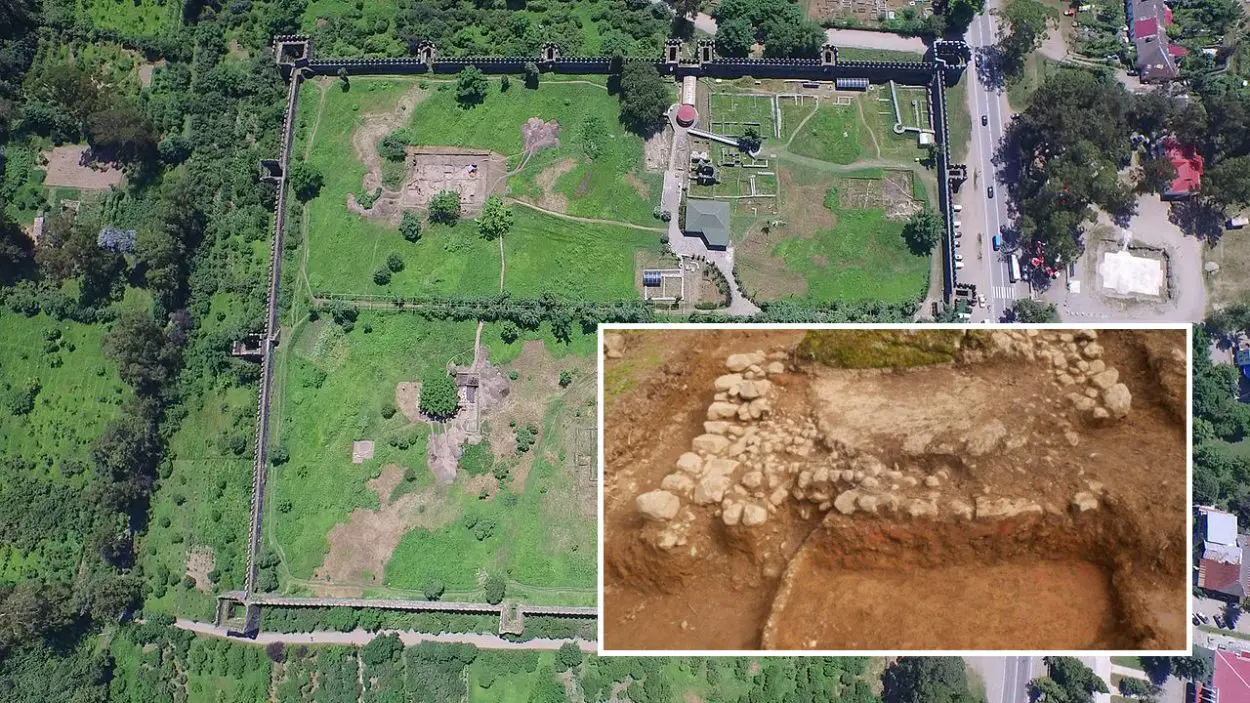A team of Polish-Georgian archaeologists have uncovered a well-preserved wine press near the Roman fort of Gonio in Georgia.
Gonio is located in Adjara on the black sea, at the mouth of the Chorokhi river. The fort first appears in text by Pliny the Elder, in the Natural History written in the 1st century AD, and in Appian’s Mithridatic Wars from the 2nd century AD.
According to legend, the fort is also the burial place of Saint Matthias, one of the twelve apostles (replacing Judas Iscariot).
The wine press was first identified during a LiDAR survey conducted within and outside the fort’s walls. Light Detection and Ranging (LiDAR), is a method of remote sensing using light in the form of a pulsed laser to measure ranges (variable distances) to the Earth. The differences in the laser return times and measuring the wavelengths can be used to compile a 3-D digital map of the landscape.
This survey data revealed anomalies in the terrain, leading to the discovery of a wine press that dates from the 2nd or 3rd century AD. The researchers believe that the press was part of a farm producing wine for the needs of garrisoned Roman soldiers.
A closer study has revealed that the wine was stored in kvevri, large earthenware vessels used for the fermentation, storage and ageing of traditional Georgian wine. Resembling large, egg-shaped amphorae without handles, they are either buried below ground or set into the floors of large wine cellars.
The process of making wine in Kvevri involves pressing the grapes and then pouring the juice, grape skins, stalks and pips into the Kvevri, which is then sealed. The juice is then left to ferment into wine for at least five to six months before being decanted and bottled.
During this season’s excavations, the team has also confirmed assumptions about a building found in 2021, that they believed to be headquarters of the local garrison.
Header Image Credit : კოლხი – CC BY-SA 4.0 & Karasiewicz-Szczypiorski





